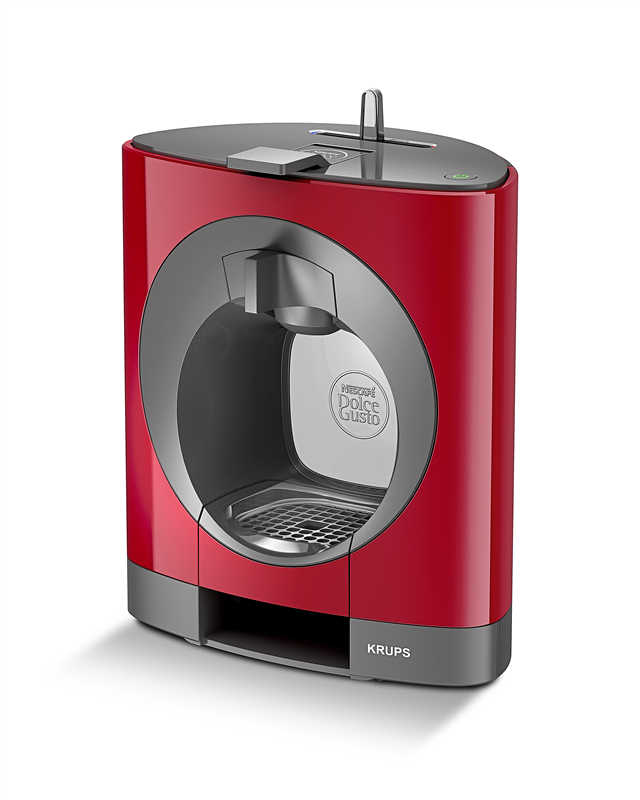Smooth, glossy satin is a noble, beautiful, comfortable and durable fabric.

What is satin and what is it?

Strictly speaking, initially sateen is not the name of the fabric, but of the way weave threads in the fabric. In this weave, the warp threads are thicker, the weft threads are thinner and heavily twisted. The threads are intertwined so that strongly twisted (and hence smoother) weft threads predominate on the front side, from the inside - thicker and less smooth warp threads. The weft thread covers at least 4 warp threads in the rapport. The satin weave looks, for example, like this:
The term "satin", denoting the type of weaving, eventually fixed to the name of the fabric made in this way.
Satin appeared in China - initially the fabric of this weave was made from pure silk. From China, the fabric came to Europe. Technology that allows the production of cotton satin appeared in the middle of the XIX century. Since then, cotton satin has become the most common variety of this fabric. Now most often, when speaking of sateen, we mean cotton fabric.

Mercerization gives the shine and smoothness to modern cotton satin. At this stage of production, the threads are treated with special solutions, which makes them even smoother and more durable, plus they shed less after dyeing. Mercerization makes the fabric better, but also increases its price. Another way to make sateen smoother is hot stamping.In this process, the front side of the fabric is compressed at high temperature and, as it were, sealed. This method also adds tissue of positive properties, but for a shorter period than mercerization. Over time, such a satin loses its smoothness and can fade. But it costs less.
Also, satin can be made from cotton mixed with synthetic fibers, from cotton and rayon, from cotton and natural silk, from cotton and rayon.
Satin also differs in density, measured by the number of threads per square centimeter:

* Normal (85 to 130 threads). This category includes both calendered (embossed) canvas and mercerized. The second is smoother and less peeling.
* Stuffed - the number of threads from 85 to 170. The pattern on the fabric is formed by colored threads in the canvas.
* Printed or coupon satin has the same density of weaving - up to 170 threads, but the ornament is applied to the finished fabric.
* Jacquard (the number of threads per square centimeter - 170−220). The cloth is bilateral. The pattern is formed during the manufacture of the fabric. The woven elements are shiny, slightly below the background, the background itself is matte.
* Mako-satin is a dense but thin fabric. The number of threads is not less than 220 per square. see. For the mako-sateen, the thinnest fibers are used, so the matter is durable but airy
Fabrics for bedding: a comparison of 12 popular options
Satin: basic properties

Accordingly, the properties of sateen will largely depend on what kind of fibers the fabric is made of, on its variety and density.
Here common properties for satin fabrics:
* Durability
Satin is quite durable in both dry and wet form.
* Durability
The service life of satin will depend on the composition and type of fabric, but in general, satin will last quite a long time. Mercerized cotton sateen also does not fade or peel for a long time (it is not covered with spools). Most types of satin retain a good appearance after hundreds of washings.
* Satin hesitates a little
Satin fabrics crease slightly and drape beautifully.
* Noble appearance
Satin has a smooth surface and a soft sheen, this fabric with a dense, silky surface looks noble.

Cotton Satin The following properties are inherent:
* Hygiene
Cotton satin is hygroscopic and breathable.
* Comfort to use
Satin made of cotton is able to cool the skin in heat, in cool weather - to give heat.

Satin with the addition of other fibers will have the appropriate properties. For example, the addition of elastane to cotton makes sateen elastic, polyester increases strength (but tissue hygiene and comfort are reduced), silk gives a luxurious result in beauty and tactile sensations, but the fabric is expensive and requires special care.
What fabric is calico?
How to care for satin?

Caring for satin fabric will also depend on its composition.
* It is better to wash any satin at a temperature of no higher than 40 degrees. Satin with elastane, silk, viscose - not higher than 30 degrees.
* It is better to wash colored satin separately from light linen.
* Cotton satin can be ironed at high temperatures.
* Satin with silk, rayon iron at low temperatures. For satin with elastane, do not use steam when ironing.
* Satin can shrink when washed, so it needs to be decanted before use.
What kind of fabric is percale?
What is sewn from satin?

Cotton satin is used for bedding and clothing.

From satin with polyester - curtains, drapes, other home textiles.

Cotton satin with viscose is used as a lining fabric.

Cotton and silk satin is suitable for sewing clothes, including elegant clothes.
Photo: Fabric Godmother, The Home Depot, Quilts Etc, Debenhams, Closs & Hamblin, iKRIX, The Remnant Warehouse, Bodikian Textiles, AllModern, The Remnant Warehouse
Complete bedding size chart
Do-it-yourself sewing bedding: a selection of tips and workshops
What kind of linen fabric: properties, care, sewing features



